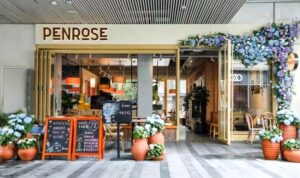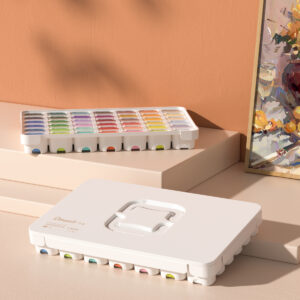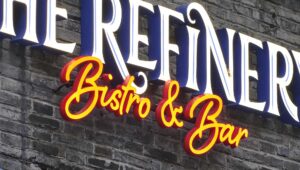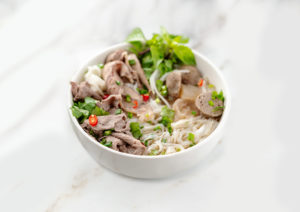Steam'd
A Visual Identity for Google
How might we create a brand experience for Google employees in China to encourage interaction at meal times
我们如何通过独特的品牌体验为谷歌中国的员工增强用餐时的互动
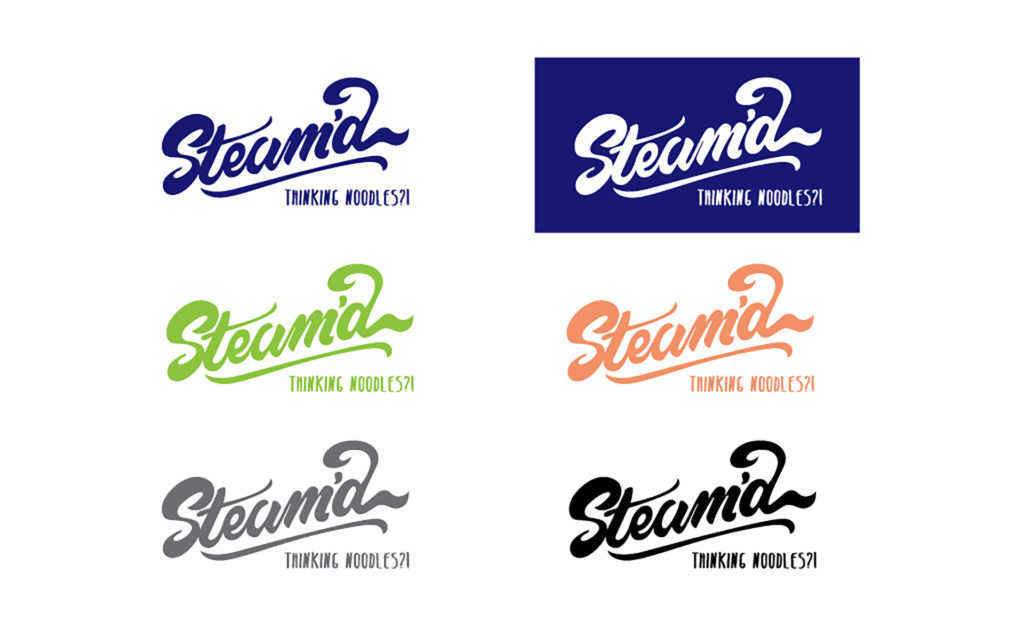
We like to think we have a great reputation for food & beverage, and being asked by Google to create a brand experience for their employees is the pat on the back we proudly accepted!
Steam’d is a place where Googlers can come together and geek out over noodle and broth combinations, indeed there are some many options available we created an algorithm that would allow the team to order with just a string of digits. The best thing about Steam’d is it’s free, unfortunately you have to work at Google to eat there!
Find it at the Google Shanghai Office
我们非常荣幸的得到谷歌邀请,为他们的员工创造独特的品牌体验。这也是我们在餐饮行业累计口碑的有力证明
Steam’d是一个谷歌员工聚在一起吃面条和喝汤的地方,面条有非常多选择,我们创建了一个算法,让人们使用类似公式的一串数字点餐。最重要的是所有餐饮都是免费的,不过你必须在谷歌工作才能在那里吃饭!

Steam'd, a place where Googlers can come together Steam'd一个为谷歌员工打造的适合于饭间交流的员工餐厅
Cooking up the ideas!
The science tells us noodles are a great source of power for the human body, sense tells us noodles are delicious. We wanted to build something unique, a set of options and processes that are a combination of sense and science.
科学告诉我们面条是人体所需能量的一大来源,感官告诉我们面条很美味。我们想要创造一种独特的体验,一种结合味觉和科学的过程。
...bringing them to life
Wall Graphic
Serving
Napkins
Wall Graphic
How does our noodle machine work you ask?
如果你问我们面条机是怎么工作的?
When designing a menu for a noodle cafe, there are several key strategies that can be implemented to enhance the overall customer experience. One such strategy is to use a written formula to allow Google engineers to order their food. This approach can be fun effective because it simplifies the ordering process and reduces the risk of miscommunication.
To implement this brand strategy, the menu should use numbers and letters to replace the names and flavors of each dish. For example, a bowl of ramen could be assigned the letter “R” and a number corresponding to the flavor (e.g. R1 for miso ramen, R2 for shoyu ramen, etc.). This approach allows customers to quickly and easily identify the dish they want to order without having to decipher complex names or descriptions.
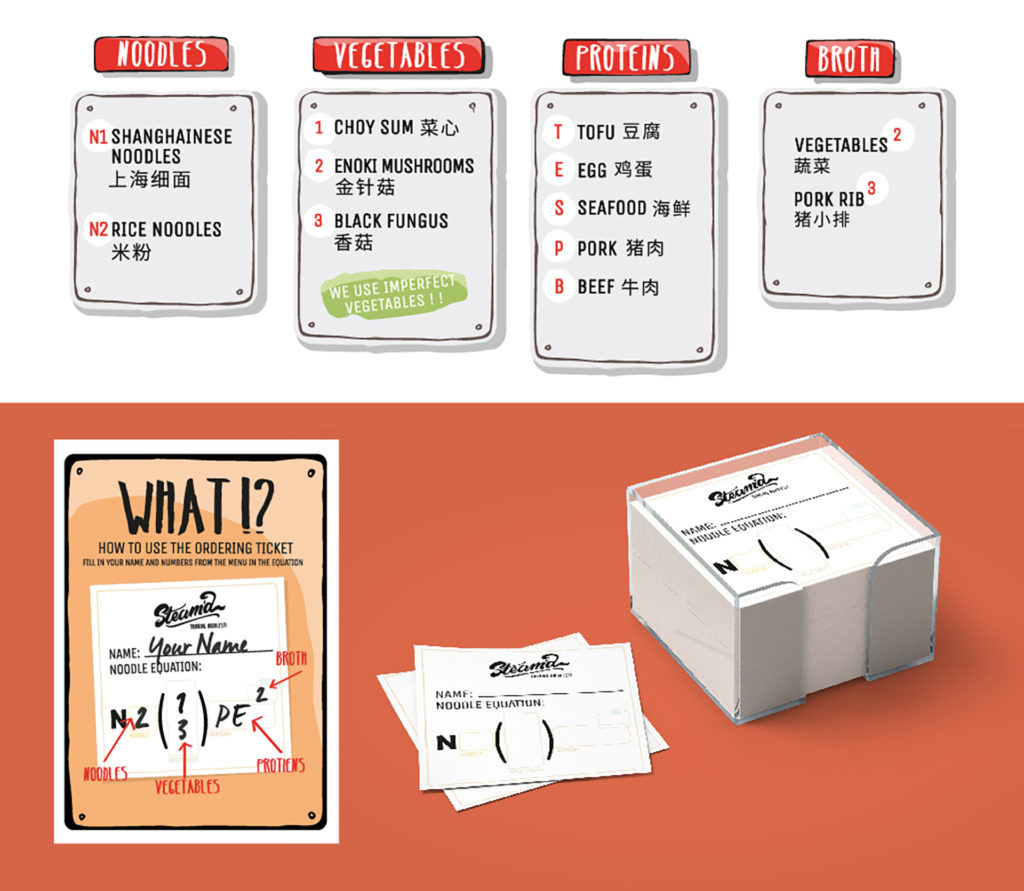
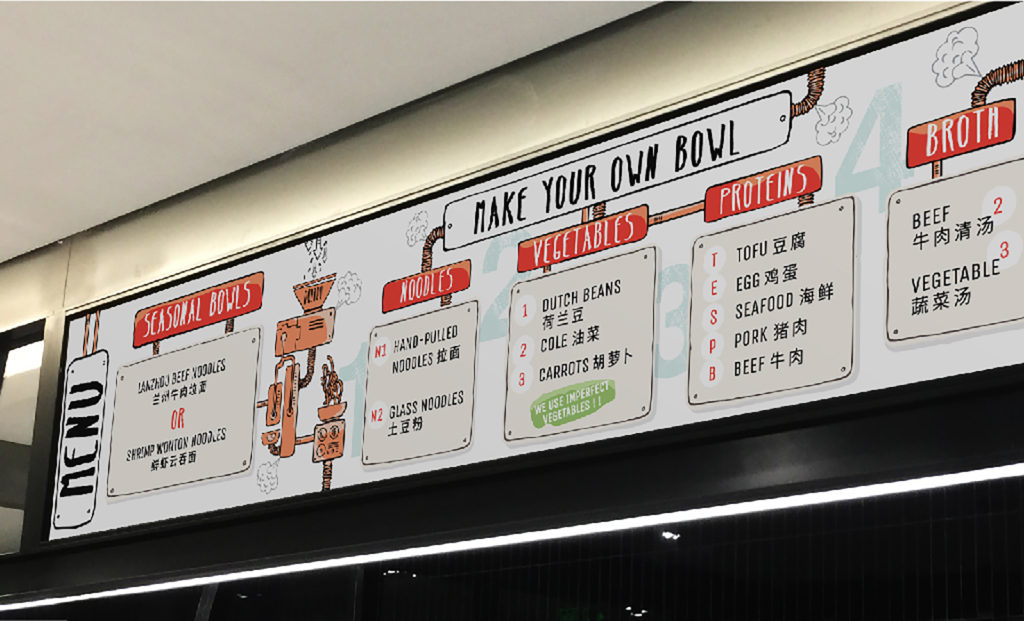
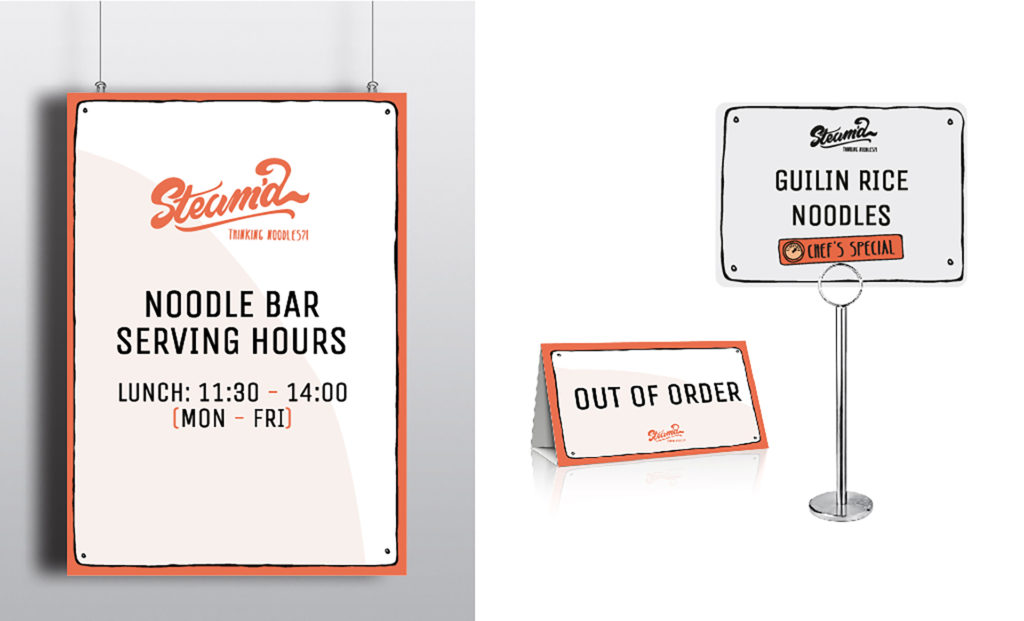
Another key aspect of menu design psychology is the use of visual cues and layout to guide the customer’s attention. For example, using bold or colored text to highlight popular dishes or specials can draw the customer’s eye and encourage them to try something new. Additionally, grouping similar dishes together or using visual icons to denote vegetarian or spicy options can help customers quickly navigate the menu and find what they’re looking for.
Ultimately, a well-designed menu should be intuitive, visually appealing, and easy to navigate. By using a written formula and incorporating visual cues and layout strategies, a noodle cafe can create a menu that enhances the customer experience and increases sales.


